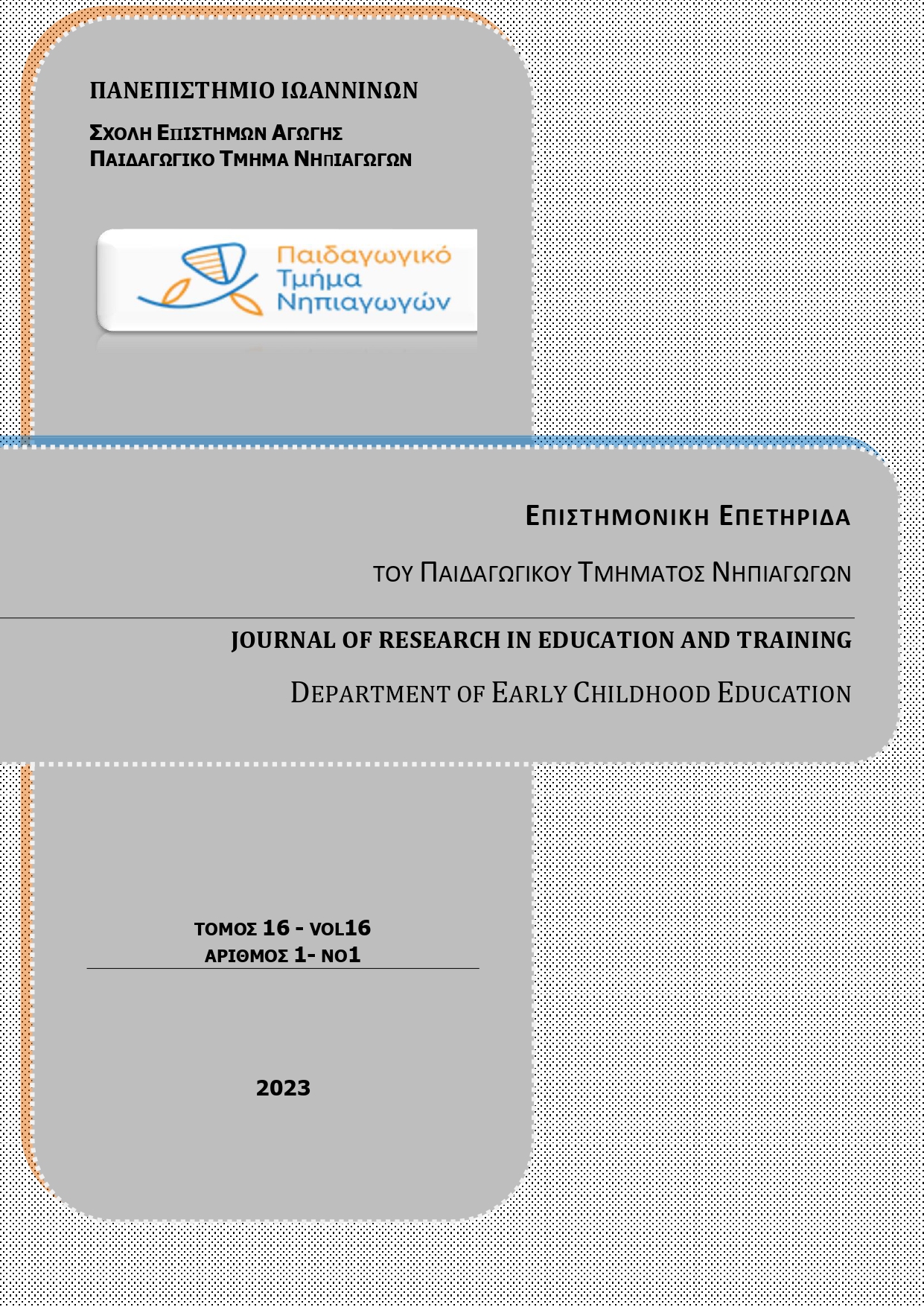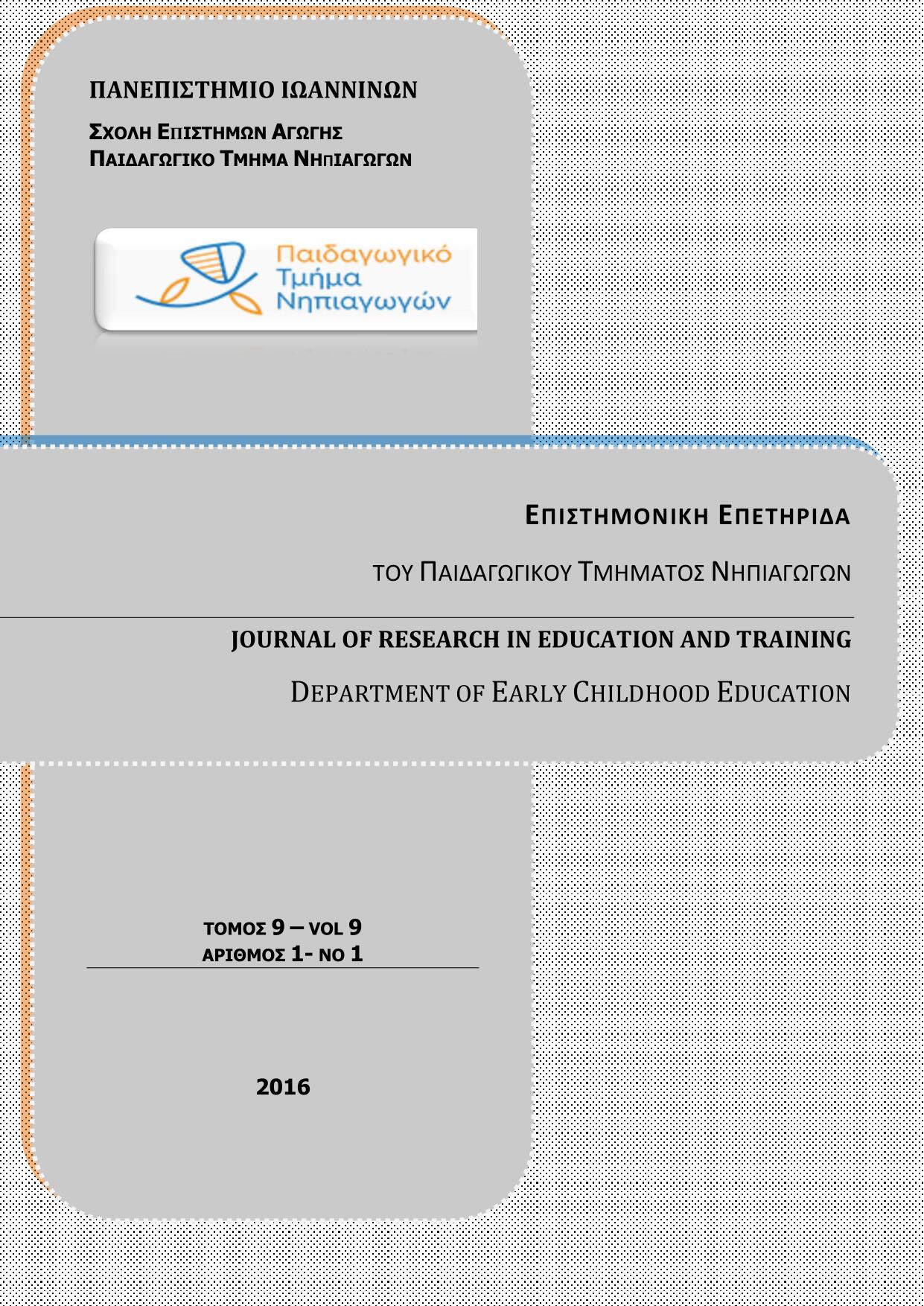Παιδικό Ιχνογράφημα: Η έκφραση του άγχους και των συναισθημάτων στα σχέδια των παιδιών

Περίληψη
Σκοπός της μελέτης αποτελεί η διερεύνηση των εκφραστικών στρατηγικών που χρησιμοποιούν παιδιά 11 και 12 ετών, για να αποτυπώσουν σε ιχνογράφημα, το άγχος, τα θετικά και αρνητικά συναισθήματά τους. Το δείγμα της έρευνας αποτέλεσαν 60 παιδιά Ε’ και Στ’ τάξης. Οι συμμετέχοντες συμπλήρωσαν τα παρακάτω ερωτηματολόγια: (1) State-Trait Anxiety Inventory for Children (STAI-C) και (2) Positive and Negative Affect Scales (PANAS). Παράλληλα ζητήθηκε από τα παιδιά να σχεδιάσουν μια ανθρώπινη φιγούρα σε μια συγκεκριμένη θυμική κατάσταση: (α) φιγούρα που δεν αισθάνεται κάποιο συναίσθημα, (β) φιγούρα που αισθάνεται άγχος, (γ) φιγούρα που βιώνει θετικά συναισθήματα και (δ) φιγούρα που βιώνει αρνητικά συναισθήματα. Τα αποτελέσματα της έρευνας ανέδειξαν ότι οι συμμετέχοντες επέλεξαν συγκεκριμένες εκφραστικές στρατηγικές απεικόνισης των μελετώμενων συναισθημάτων. Περαιτέρω, εντοπίστηκε η ύπαρξη σχέσης ανάμεσα στη βίωση των συναισθημάτων και στον τρόπο που τα παιδιά παρουσιάζουν το κάθε συναίσθημα στο σχέδιο τους. Τα αποτελέσματα της μελέτης συζητούνται στο πλαίσιο της σύγχρονης βιβλιογραφίας που αφορά στη μελέτη του παιδικού ιχνογραφήματος.
Λεπτομέρειες άρθρου
- Πώς να δημιουργήσετε Αναφορές
-
Γαβριηλίδου Α. Μ., & Κάμτσιος Σ. (2023). Παιδικό Ιχνογράφημα: Η έκφραση του άγχους και των συναισθημάτων στα σχέδια των παιδιών. Επιστημονική Επετηρίδα Παιδαγωγικού Τμήματος Νηπιαγωγών Πανεπιστημίου Ιωαννίνων, 16(1), 114–141. https://doi.org/10.12681/jret.33992
- Τεύχος
- Τόμ. 16 Αρ. 1 (2023):
- Ενότητα
- Άρθρα

Αυτή η εργασία είναι αδειοδοτημένη υπό το CC Αναφορά Δημιουργού – Μη Εμπορική Χρήση – Παρόμοια Διανομή 4.0.
Οι συγγραφείς που δημοσιεύουν σε αυτό το περιοδικό συμφωνούν στους παρακάτω όρους :
1. Οι συγγραφείς διατηρούν τα δικαιώματα πνευματικής ιδιοκτησίας επί των άρθρων τους, χορηγώντας στο περιοδικό το δικαίωμα της πρώτης δημοσίευσης. Άρθρα που δημοσιεύονται στο περιοδικό «Επιστημονική Επετηρίδα του Παιδαγωγικού Τμήματος Νηπιαγωγών της Σχολής Επιστημών Αγωγής του Πανεπιστημίου Ιωαννίνων» διατίθενται με άδεια Creative Commons 4.0, σύμφωνα με την οποία μπορούν να χρησιμοποιούνται ελεύθερα, με αναφορά στο/στη συγγραφέα και στην πρώτη δημοσίευση για μη κερδοσκοπικούς σκοπούς.
2. Οι συγγραφείς μπορούν να συνάπτουν ξεχωριστές, πρόσθετες συμβάσεις και συμφωνίες για την μη αποκλειστική διανομή του δημοσιευμένου στο περιοδικό έργου (π.χ. κατάθεση σε ένα ιδρυματικό αποθετήριο ή δημοσίευση σε ένα βιβλίο), με την αναγνώριση της πρώτης δημοσίευσης σε αυτό περιοδικό.
3. Στους συγγραφείς επιτρέπεται να δημοσιεύσουν την εργασία τους online (κατά προτίμηση σε ιδρυματικά αποθετήρια ή στην ιστοσελίδα τους) πριν και κατά τη διάρκεια της διαδικασίας υποβολής, καθώς αυτό μπορεί να οδηγήσει σε παραγωγικές ανταλλαγές, όπως επίσης και παλαιότερες και ευρύτερες παραπομπές δημοσιευμένων εργασιών (The Effect of Open Access)



